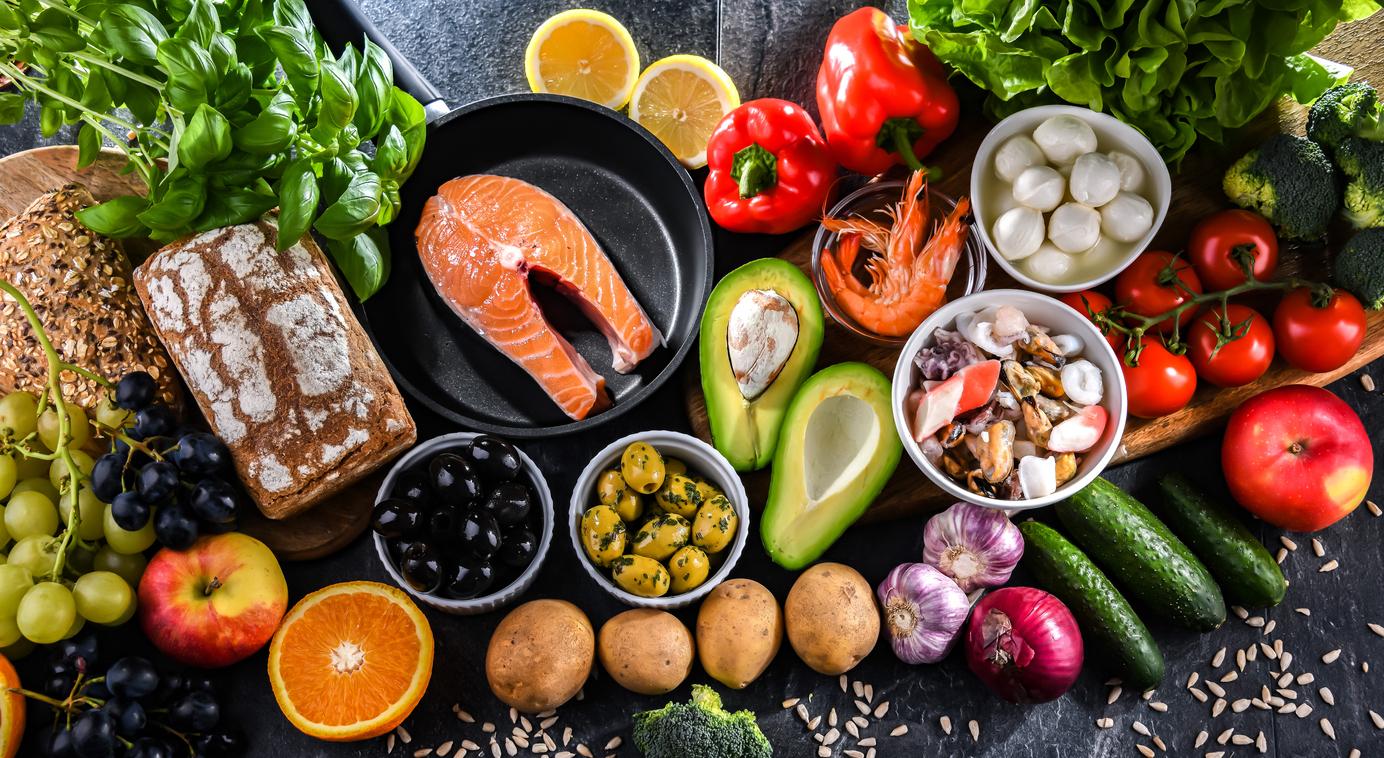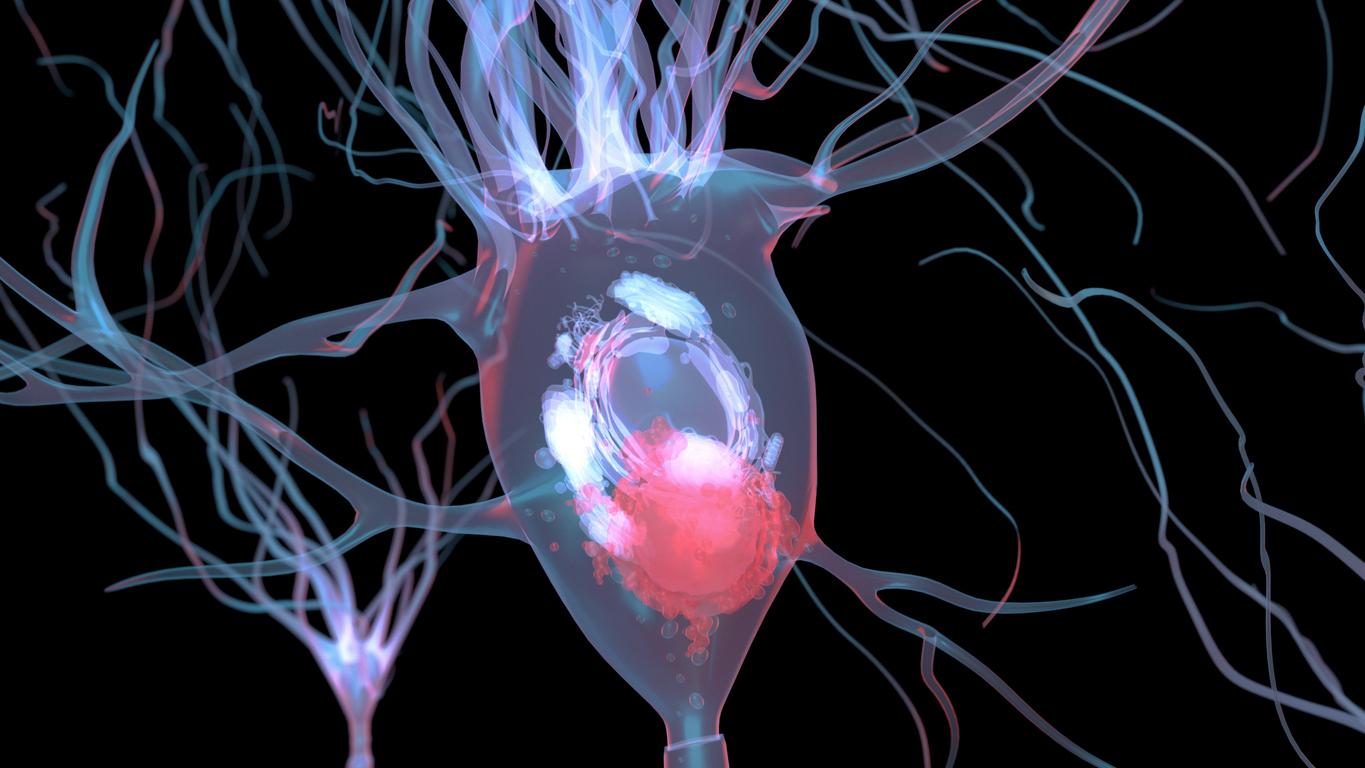Fruits and vegetables are associated with less severe symptoms in Charcot’s disease. Milk and meats, on the other hand, are linked to more pronounced symptoms.

Are the virtues of a healthy lifestyle broader than expected? In any case, this is what a study published in the JAMA Neurology. In Charcot’s disease, the composition of the diet is associated with the severity of motor symptoms. Products rich in antioxidants and carotenes would be preferred: they are linked to a lighter disability.
Researchers at Columbia University (United States) who signed this study recruited 302 adults. All of them had been suffering from amyotrophic lateral sclerosis (ALS), another name for Charcot’s disease, for at least 18 months. They completed questionnaires about their eating habits. The objective: to understand the role of nutrition in the occurrence of neurodegenerative pathology and its evolution. At present, total vagueness reigns. Only 10% of the forms are familial. For the rest, Inserm is content to emphasize that “the occurrence of the disease would be multifactorial, subject to the influence of genetics and the environment”.
The poor results of milk
Without being categorical, this study suggests the beneficial role that a balanced diet can play. Indeed, the patients who consume the most fruits and vegetables are those whose symptoms are the least pronounced. The authors explain this association by their high content of antioxidants and carotenes. “ALS patients should consume foods high in antioxidants and carotene, as well as high fiber cereals, fish and poultry,” recommends Dr. Jeri Nieves, author of the work. Conversely, milk and other meats are associated with poorer results on physical function. The disease is therefore more severe.
For the time being, it is impossible to say how these nutrients are beneficial in slowing down the disease. Especially since its development is particularly rapid: on average, it progresses for 3 to 5 years before killing the patient. Motor neurons gradually die, which paralyzes the mobility of voluntary muscles. Among them, those that govern swallowing and breathing. Most often, patients die of respiratory disorders.
.

















